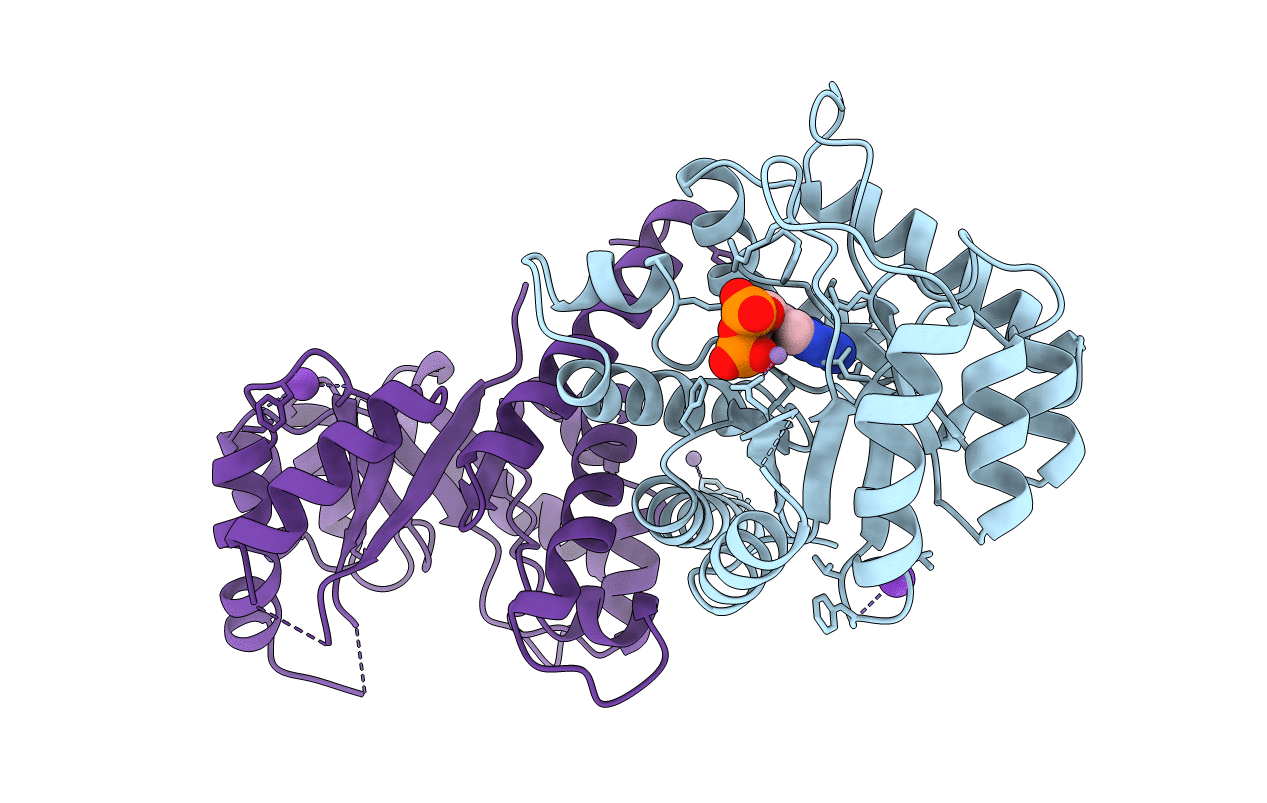
Deposition Date
1997-02-20
Release Date
1998-04-29
Last Version Date
2024-02-07
Entry Detail
PDB ID:
1AD4
Keywords:
Title:
DIHYDROPTEROATE SYNTHETASE COMPLEXED WITH OH-CH2-PTERIN-PYROPHOSPHATE FROM STAPHYLOCOCCUS AUREUS
Biological Source:
Source Organism:
Staphylococcus aureus (Taxon ID: 1280)
Method Details:
Experimental Method:
Resolution:
2.40 Å
R-Value Work:
0.17
R-Value Observed:
0.17
Space Group:
P 1 21 1


